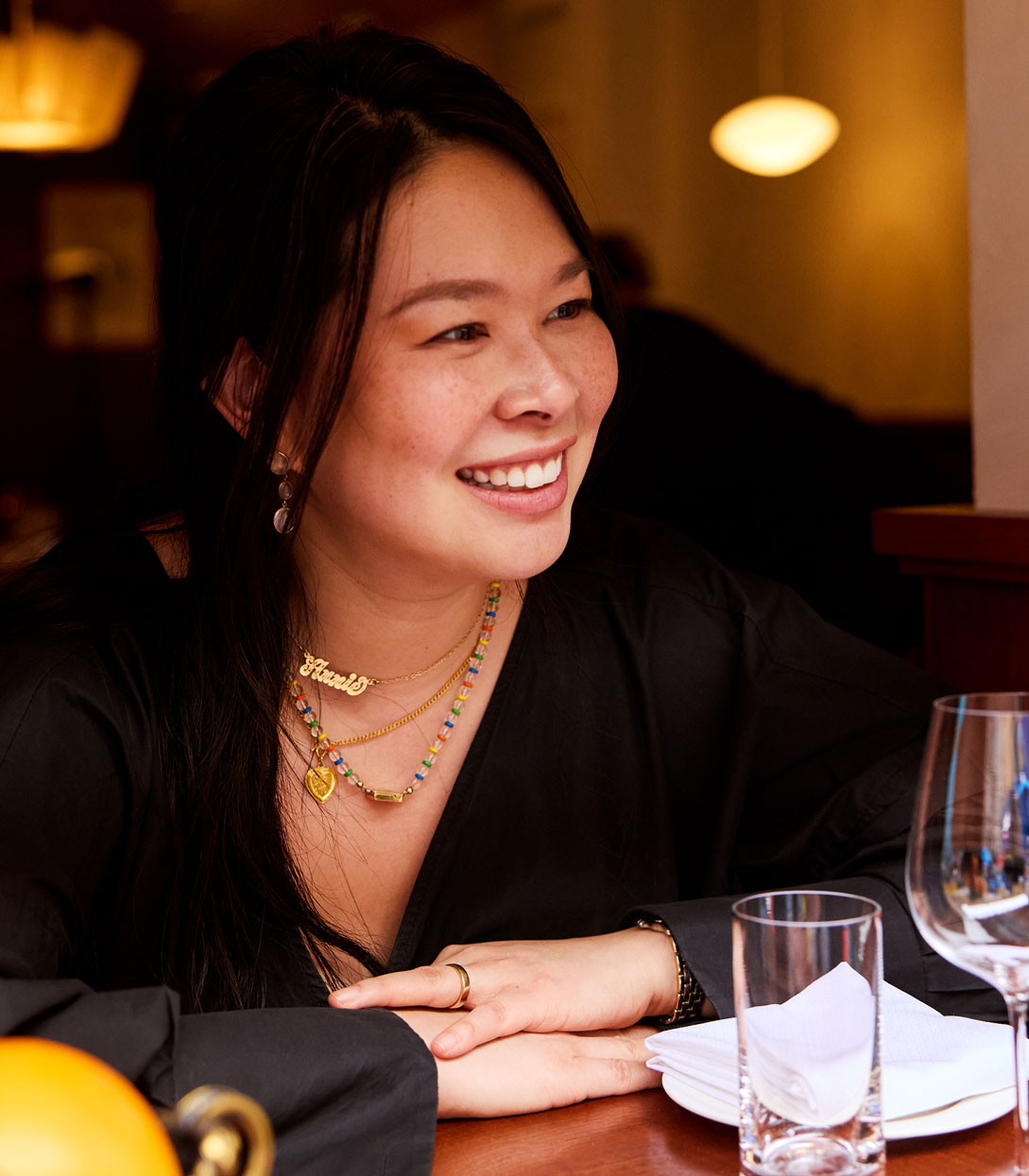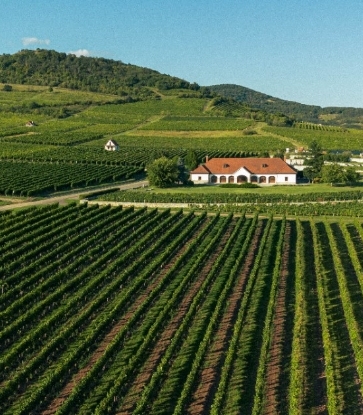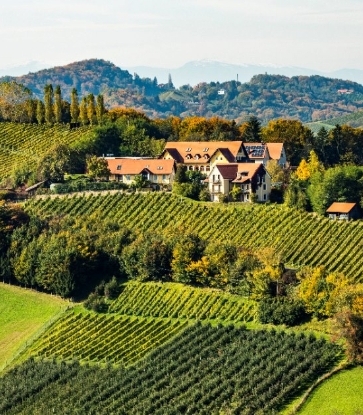Nestled in the rolling hills of northeastern Spain between the fabled winemaking regions of Rioja and Bordeaux lies Propiedad de Arínzano, the first Vino de Pago winery in the entire region of Navarra. If you're not already familiar with the Vino de Pago designation, don't feel too bad. It was only introduced in 2003, making it basically a brand new classification when you consider Spain's exceedingly long history of wine production. These wines must not only meet the already stringent requirements for Denominación de Origen Calificada (DOCa), they must also only use grapes which are grown, produced and bottled at a single estate. Not many wineries which have been able to achieve this. There were fewer than 10 in 2010 according to The Sommelier Prep Course, and by 2018 that number had only grown to 17.
The fact that Arínzano has achieved this level of recognition also tells you something about Manuel Louzada, who has been the CEO and head of global winemaking operations of Tenute del Mondo since 2015. In addition to his administrative duties, Louzada—who's based in Spain—is also the senior winemaker for both Arínzano and Achaval Ferrer.
Louzada's career has had some noteworthy high notes. Under his direction, Bodega Numanthia produced the 2004 Numanthia Termanthia, a Tempranillo that earned a perfect score of 100 points from The Wine Advocate in 2007. It's not surprising when you observe him and listen to him speak—he simultaneously manages to be both loose and relaxed while also evaluative and vigilant.
Below, we talk with Louzada about his history, his focus on terroir and the challenges of gaining certification as a Vino de Pago winery.
This interview has been edited for length and clarity.

How did you get started in the wine business?
Since the age of five I knew I wanted to be a winemaker because of my family. I'm the fourth generation in the wine business, and so when I moved to Spain at the age of 13 I knew exactly what I was going to study. I have my agriculture engineering degree from the University of Madrid and a master's degree in winemaking.
What keeps you going in your winemaking career?
I believe that creativity is the most powerful energy that you have—the most positive and powerful—and you have to have a way to express that creativity. I cannot play an instrument, I cannot paint at all and sculpture would be even more difficult. But the way I express my creativity is by making wine.
How do you approach winemaking?
I believe that as winemakers we make wine, we don't make miracles. I have an approach that's very oriented towards the vineyards and towards the terroir. I think the first vintage I did when I was probably 19- or 20-years-old as sort of an assistant winemaker. Since then, I've always focused on the vineyard. The majority of our time was spent walking the vineyard and tasting the grapes.
How do you take into account Arínzano's terroir?
For the 2014 Arínzano Chardonnay, the clone (the vine the grapes grow on) that we have here is called "R8." It's an Italian clone from Northwest Italy and normally it has a medium to high yield. I was a little bit surprised to find it at Arínzano. When I started walking in the vineyard I saw we basically have 25% of the normal yield of this particular clone, and it's because of the conditions of the terroir. There's the very important roles of the rootstock and the clone, but there's also the extremely important role of the terroir.
What are the challenges of having a winery designated as Vino de Pago?
Your own vineyard is a single appellation of origin. So we have to follow the same rules as Rioja, which is about 55,000 hectares (about 135,000 acres), and we have 300 acres, so, imagine the difference. All the grapes are estate-grown and you have to have the winery in the middle of the vineyards. You need history to earn the designation, an extensive study of soil and climate and, for 10 years, you need to make wine and to prove that is different.
Photos by Marino Maurizi.





















